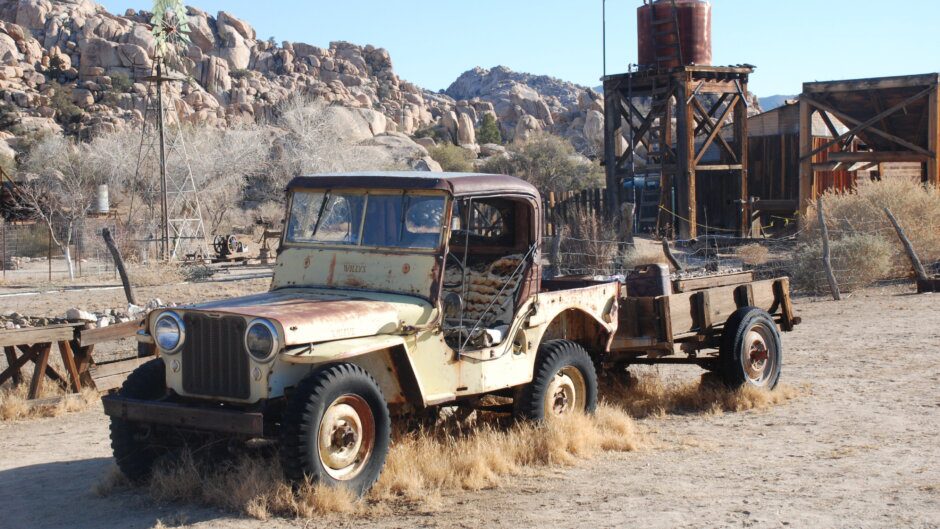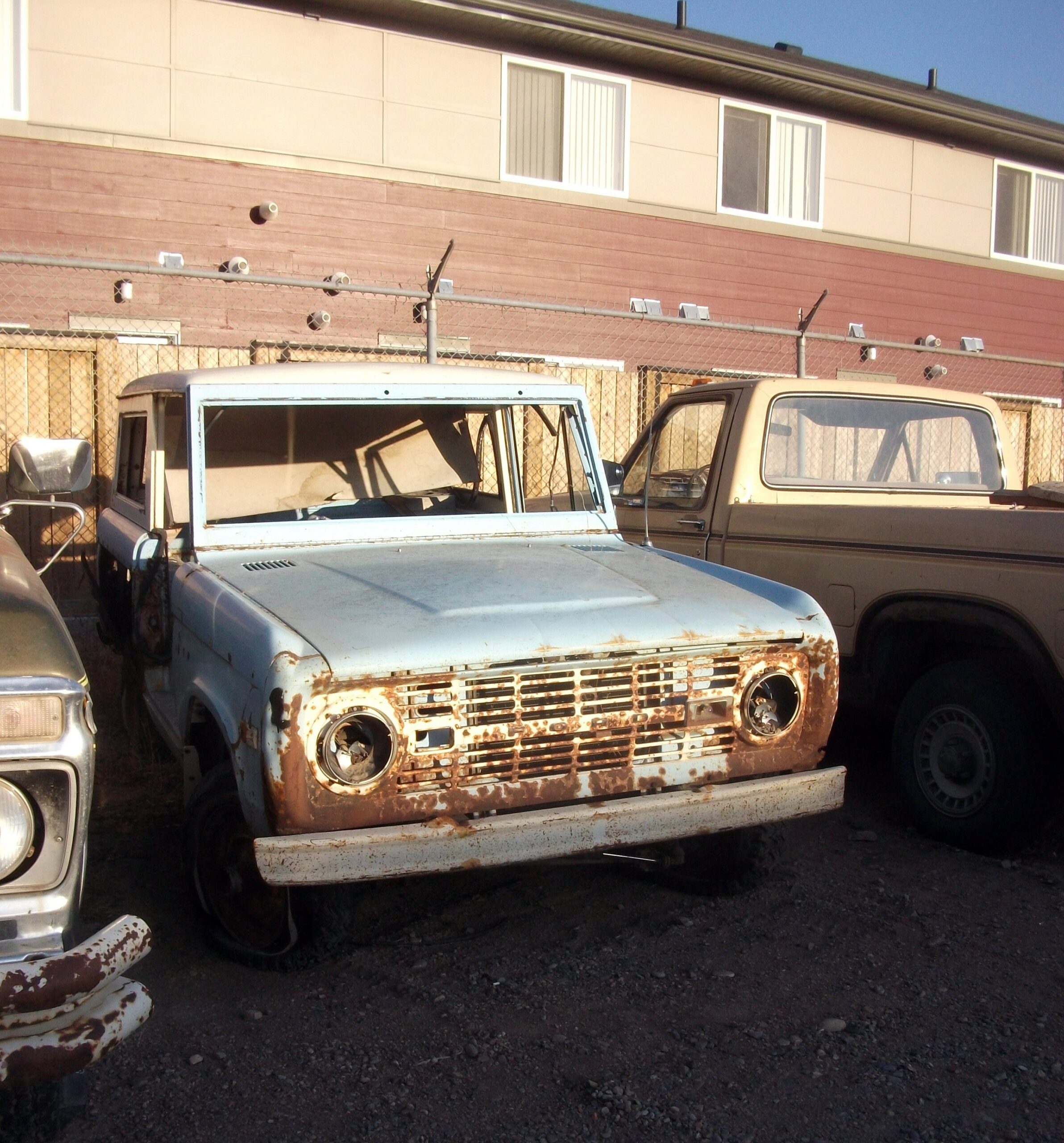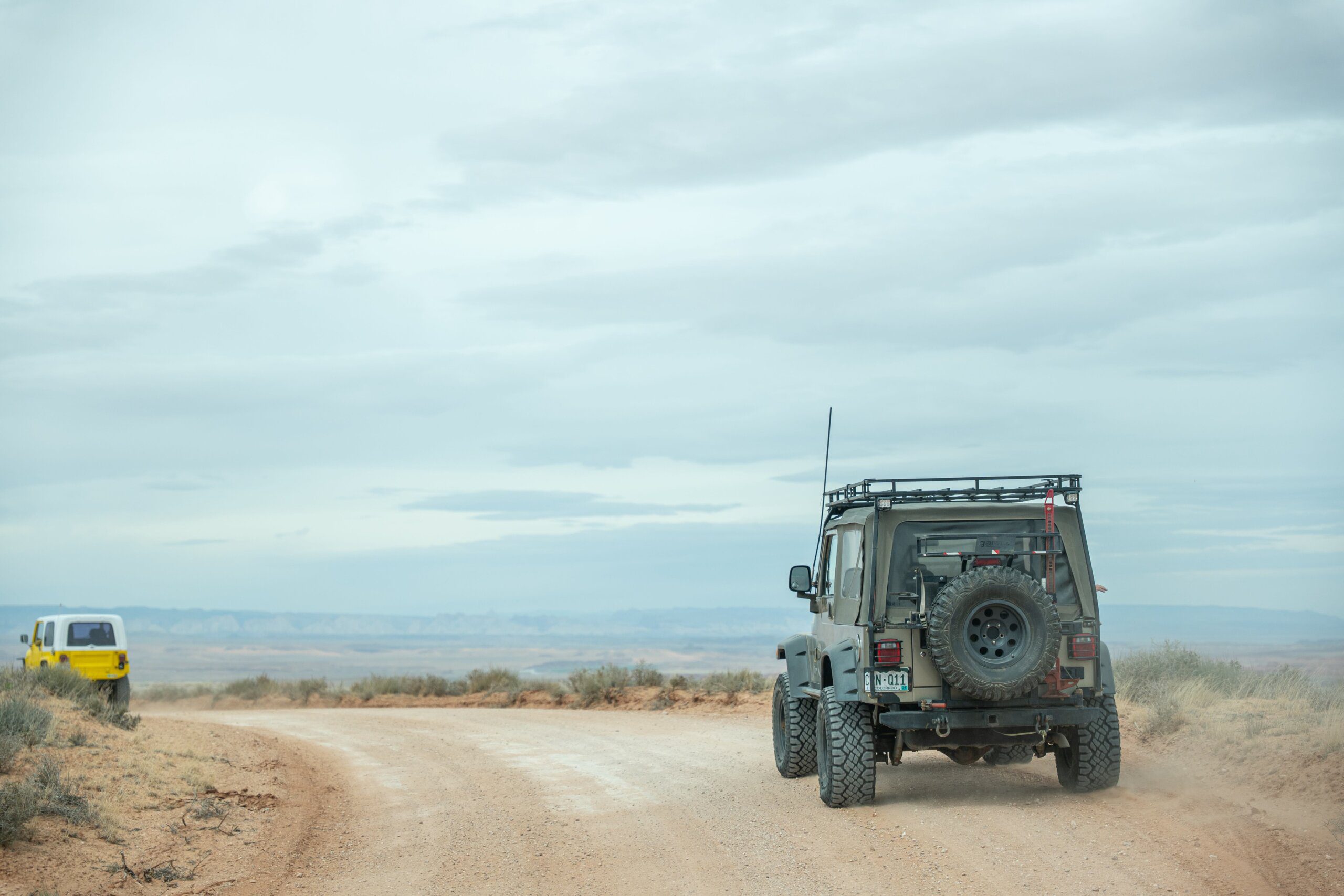
Entropy is a cruel fact of the universe. Sooner or later everything disintegrates, devolves, or falls apart. If you happen to have an older (or even newer!) Jeep or Ford in your driveway, one glance underneath the bodywork probably confirms this cruelty. If you live in the Rust Belt, the Northeast, drive your rig in the winter, or spend lots of time on the coast, the risks are even greater. Rust is the one thing all drivers of vintage or modern classic trucks fear the most, and it is a particularly savage kind of entropy. If left to fester, it can be a death sentence for your 4×4.

Rust hits your truck hard on several fronts: (1) it looks terrible, (2), it depletes the resale value of your rig, and (3) it undermines the integrity of your frame and body panels, which can lead to gaping holes and structural failures. This is obviously a safety issue, especially for those of us that push our Wranglers or Broncos hard off-road or as tow vehicles. Rust can be painfully obvious, or it can lurk quietly under the surface of paint, undercoatings, or cosmetic panels. But all is not lost – with a few simple strategies you can keep the tin worm at bay.
In this comprehensive guide, we’ll explore the various factors contributing to rust and corrosion on modern classic and vintage Jeeps and provide practical tips and techniques to help preserve these automotive treasures for generations to come.

Understanding Rust and Corrosion
Rust and corrosion are natural processes that occur when metals, such as steel and iron, react with oxygen and moisture in the environment. Vintage and even many modern Jeeps, with their exposed metal surfaces and rugged off-road capabilities, are particularly susceptible to these destructive forces. Factors such as road salt, humidity, and environmental pollutants can accelerate the onset of rust and corrosion, compromising the structural integrity and aesthetic appeal of these beloved vehicles.
Prevention Starts with Maintenance
The key to preventing rust and corrosion on classic Broncos and Jeeps is regular maintenance and vigilant care. Here are some essential maintenance tips to keep your them in top condition:
1. Keep it Clean: Regularly wash your rig, paying special attention to the undercarriage and hard-to-reach areas where dirt and debris can accumulate. Use a mild detergent and a soft-bristled brush to remove grime and salt deposits, particularly during the winter months.
2. Apply a Protective Coating: Consider applying a high-quality rust inhibitor or undercoating to the undercarriage and exposed metal surfaces. These coatings create a protective barrier against moisture and corrosive elements, helping to prevent rust and corrosion from taking hold.
3. Inspect and Repair: Conduct regular inspections of your truck’s body, frame, and chassis for signs of rust or corrosion. Pay close attention to areas prone to rust, such as wheel wells, fender flares, and rocker panels. If you detect any rust or corrosion, address it promptly by sanding, priming, and repainting the affected areas to prevent further damage.
4. Protective Wax or Sealant: Apply a high-quality automotive wax or sealant to the exterior surfaces to provide an additional layer of protection against rust and corrosion. These products help to seal the paintwork and prevent moisture from penetrating the metal surfaces, reducing the risk of rust formation.
5. Keep it Dry: Whenever possible, store your Jeep or Bronco in a dry, climate-controlled environment to minimize exposure to moisture and humidity. If you must park outdoors, consider investing in a breathable, waterproof cover to protect it from the elements.

Special Considerations for Vintage 4x4s
Vintage Jeeps and Broncos, with their unique charm and historical significance, require extra care and attention to preserve their originality and authenticity. Here are some additional tips for maintaining vintage trucks:
1. Original Parts: Whenever possible, use original or reproduction parts and components when restoring or repairing your vintage rig. Authenticity is key when preserving the historical integrity of these iconic vehicles.
2. Avoid Harsh Chemicals: Be cautious when using cleaning products and solvents on vintage Jeeps or Broncos, as some chemicals can strip away the patina and finish of original paint and trim. Opt for gentle, non-abrasive cleaners specifically formulated for automotive use.
3. Protective Storage: If you’re not actively driving your 4×4, consider storing it in a climate-controlled garage or storage facility to protect it from the elements. Ensure proper ventilation to prevent moisture buildup and promote air circulation.
4. Regular Maintenance: Stay on top of routine maintenance tasks, such as oil changes, lubrication, and tune-ups, to keep your vintage 4WD running smoothly and prevent mechanical issues that could lead to rust and corrosion.
The Importance of Professional Restoration
In some cases, rust and corrosion on classic and vintage trucks may require professional restoration services to fully address and repair. Professional restoration experts have the knowledge, experience, and tools necessary to assess the extent of damage and implement effective repair and prevention strategies. Whether it’s sandblasting, welding, or applying protective coatings, entrusting your Bronco or Jeep to a qualified restoration specialist can ensure that it receives the care and attention it deserves.

Preserving History, One Truck at a Time
Classic and vintage Jeeps and Broncos are more than just vehicles; they’re pieces of automotive history that deserve to be cherished and preserved for future generations to enjoy. By following the preventive maintenance tips outlined in this guide and investing in professional restoration when needed, you can protect your Jeep from the damaging effects of rust and corrosion and keep it looking and running its best for years to come. Together, we can ensure that these automotive treasures continue to inspire and captivate enthusiasts for generations to come.











